
Sh0cking Study: Scientists Find Cocaine in Every Shrimp Sample from National Waters
In a disturbing revelation that reads more like satire than science, a new study has found traces of c0caine in every single shrimp sampled across various freshwater bodies in the United Kingdom. The research, conducted by King's College London and the University of Suffolk, raises major concerns about the state of environmental pollution - particularly the growing presence of invisible chemical contaminants in our ecosystems.
Yes, you read that right. “Every single freshwater shrimp tested contained detectable levels of c0caine,” according to the findings published in the journal Environmental International. But the surprises didn’t stop there. The study also identified ketamine, prescription medications like valium and Xanax, and even banned pesticides in the very shrimp swimming through the UK’s rivers.
This isn’t just a bizarre headline for shock value - it’s a sobering indication of how human drug use is quietly infiltrating the natural world.
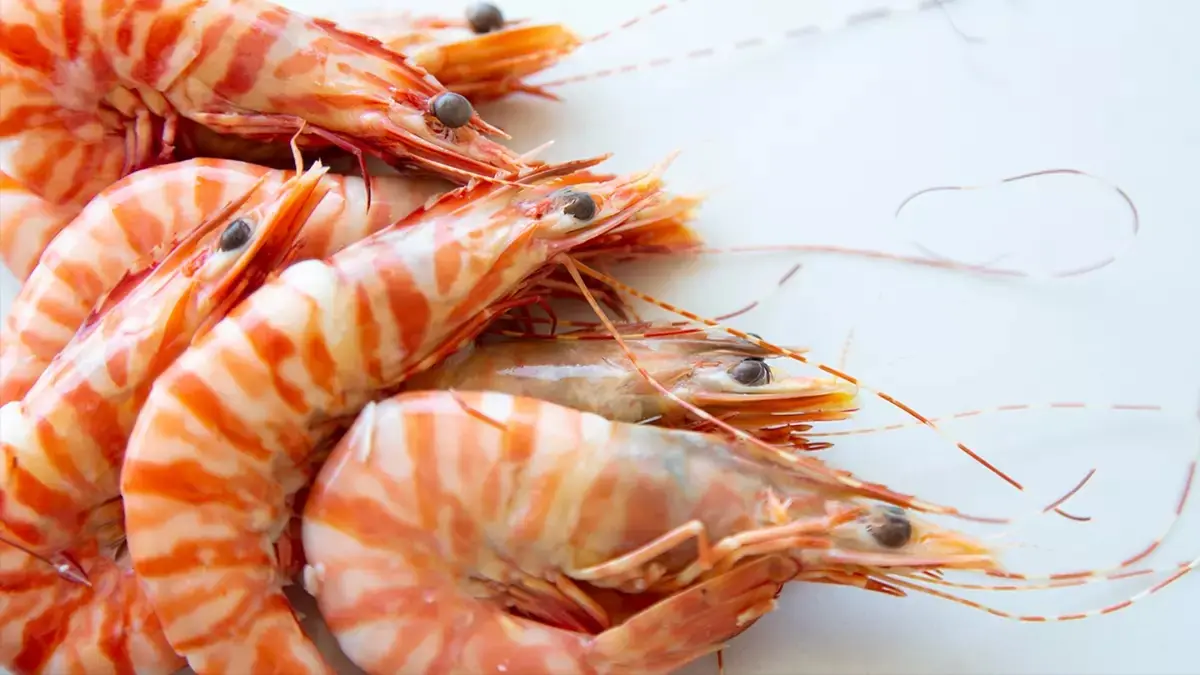
A Shrimp-Centric Study with Staggering Results
The research team collected samples from 15 different sites in Suffolk County, analyzing local rivers such as the Alde, Box, Deben, Gipping, and Waveney. The target organism: Gammarus pulex, a species of freshwater shrimp often used in environmental monitoring because of its sensitivity to pollutants.
“Such regular occurrence of illicit drugs in wildlife was surprising,” said Dr. Leon Barron of King’s College London. “We might expect to see these in urban areas such as London, but not in smaller and more rural catchments.”
The results indicate that even seemingly pristine and rural waterways are not immune to the chemical imprint of modern life. While drug concentrations were low, their ubiquitous presence in shrimp from every location studied is deeply troubling.
How Are These Drugs Getting into Our Water?
The drugs found in these shrimp - including c0caine, ketamine, and benzodiazepines - likely enter the water system through a combination of wastewater runoff, leaky sewer systems, and human excretion. After people use drugs - legally or otherwise - residues are often flushed down the toilet or released through urine, eventually making their way into rivers and streams.
While most water treatment plants are designed to filter out pathogens and larger contaminants, they are not yet equipped to effectively remove all pharmaceutical and illicit drug compounds.
This makes the contamination largely invisible - and all the more dangerous.

The Broader Picture: Wildlife, Water, and Drugs
Though the idea of "c0caine shrimp" may inspire memes or jokes, the ecological implications are serious. Thomas Miller, the lead author of the study, stated: “Although concentrations were low, we were able to identify compounds that might be of concern to the environment and crucially, which might pose a risk to wildlife.”
Drug exposure in aquatic life - even at trace levels - can lead to behavioral changes, neurological disruption, and reproductive issues. Previous studies have shown that fish exposed to antidepressants, for example, exhibit altered swimming behavior and loss of predator avoidance skills.
So what could be happening to the shrimp in the UK’s rivers? That’s a question scientists now aim to answer.
This Isn’t Just a UK Problem - It’s Global
The study focused on Suffolk, but experts believe this contamination may be widespread across the UK - and beyond. “Whether the presence of c0caine in aquatic animals is an issue for Suffolk, or more widespread an occurrence in the U.K. and abroad, awaits further research,” noted Dr. Nic Bury of the University of Suffolk.
Indeed, a global body of research is beginning to illuminate just how far pharmaceutical and illicit substances travel once they enter our water systems. In 2022, a worldwide study of 104 countries found pharmaceutical pollution in over 258 rivers, with common drugs like paracetamol, caffeine, and antibiotics detected almost everywhere.
c0caine, Microplastics, and Antidepressants: A New Kind of Pollution Crisis
This shrimp study is part of a larger trend: the growing realization that chemical pollution is rapidly becoming one of the planet’s most urgent and under-addressed environmental threats.
We already know about the dangers of microplastic pollution, which are now found in human blood, placenta, and even deep-sea trenches. But chemical pollutants, especially from pharmaceuticals and illicit drugs, are far more elusive - and potentially just as harmful.
Speaking to The Guardian in 2024, Dr. Barron, who now works with the Emerging Chemical Contaminants team at Imperial College London, said: “We can tell exactly what prescriptions people are on by analyzing the wastewater in London.”
He added that drug levels in the capital’s water dropped during the COVID-19 lockdowns - when fewer people were commuting or socializing - but have since rebounded sharply. “We’ve seen a particular rise in antidepressants,” he noted.
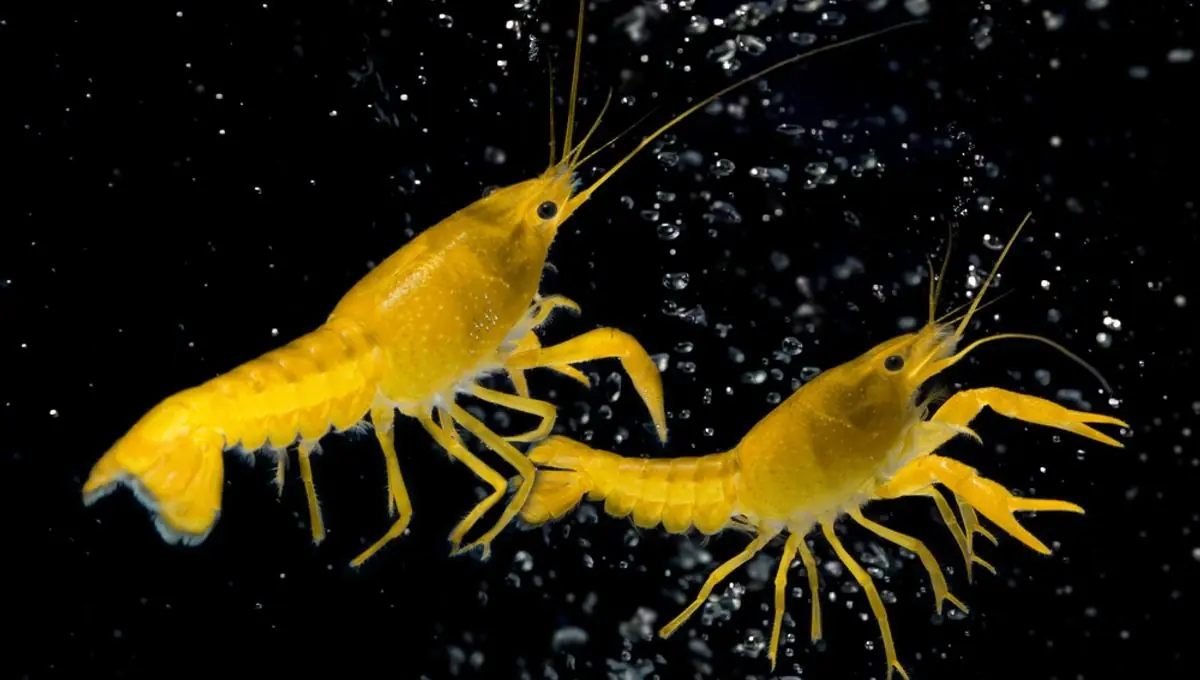
The Food Chain Fallout: What It Means for Humans
While the drug levels in shrimp are far too low to affect humans directly (you’d have to eat hundreds of pounds of shrimp to feel any psychoactive effects), the implications for the food chain are serious.
Shrimp are a foundational species in many aquatic ecosystems. If they are being affected neurologically or behaviorally by chemical exposure, their predators - and the predators of those predators - could also be impacted.
Even more worrying is the long-term impact of chronic low-dose exposure. Scientists warn that as drug levels increase over time, we may begin to see ecosystem-wide effects, including reproductive disruptions, species population shifts, and weakened biodiversity.
What Can Be Done? The Call for Policy and Innovation
So what happens next? The researchers behind the study hope it serves as a wake-up call for both policymakers and the public.
“The impact of ‘invisible’ chemical pollution on wildlife health needs more focus in the U.K. as policy can often be informed by studies such as these,” said Dr. Bury.
To that end, scientists are advocating for:
- Improved wastewater treatment infrastructure, including the installation of advanced filtration systems that can capture pharmaceutical residues.
- Better drug disposal practices, including national take-back programs for unused medications.
- Expanded environmental monitoring, to detect emerging contaminants and their effects on wildlife earlier.
- More public awareness around the hidden environmental costs of pharmaceutical overuse and improper disposal.
Not Just a Punchline - A Turning Point?
It’s easy to chuckle at the idea of shrimp on c0caine, but the reality is anything but funny. This research reveals a world where human habits, medications, and vices seep silently into ecosystems, transforming the lives of creatures that never consented to the party.
“We’re only just beginning to understand the true scale of this issue,” Dr. Barron warned. “If we ignore it, we risk triggering cascading effects in the natural world that may be difficult or impossible to reverse.”
So the next time you pour water from the tap or eat seafood from a river, remember: the real danger isn’t what you can see. It’s what’s already there, hiding in plain sight.
News in the same category


AI is willing to kill humans to avoid shutdown as chilling new report identifies 'malicious' behaviour
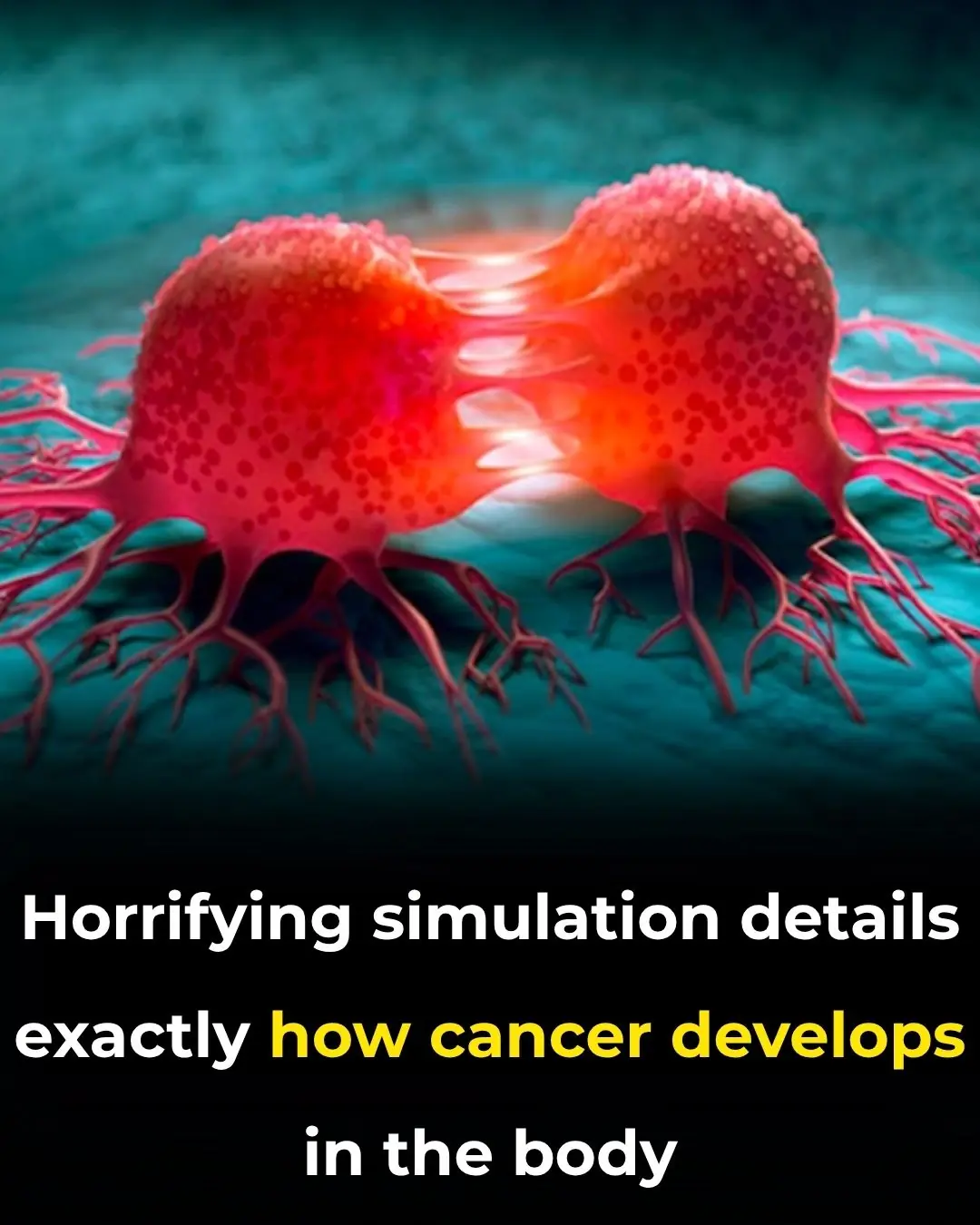
Horrifying simulation details exactly how cancer develops in the body

Elon Musk slammed for posting creepy video of 'most dangerous invention to ever exist'
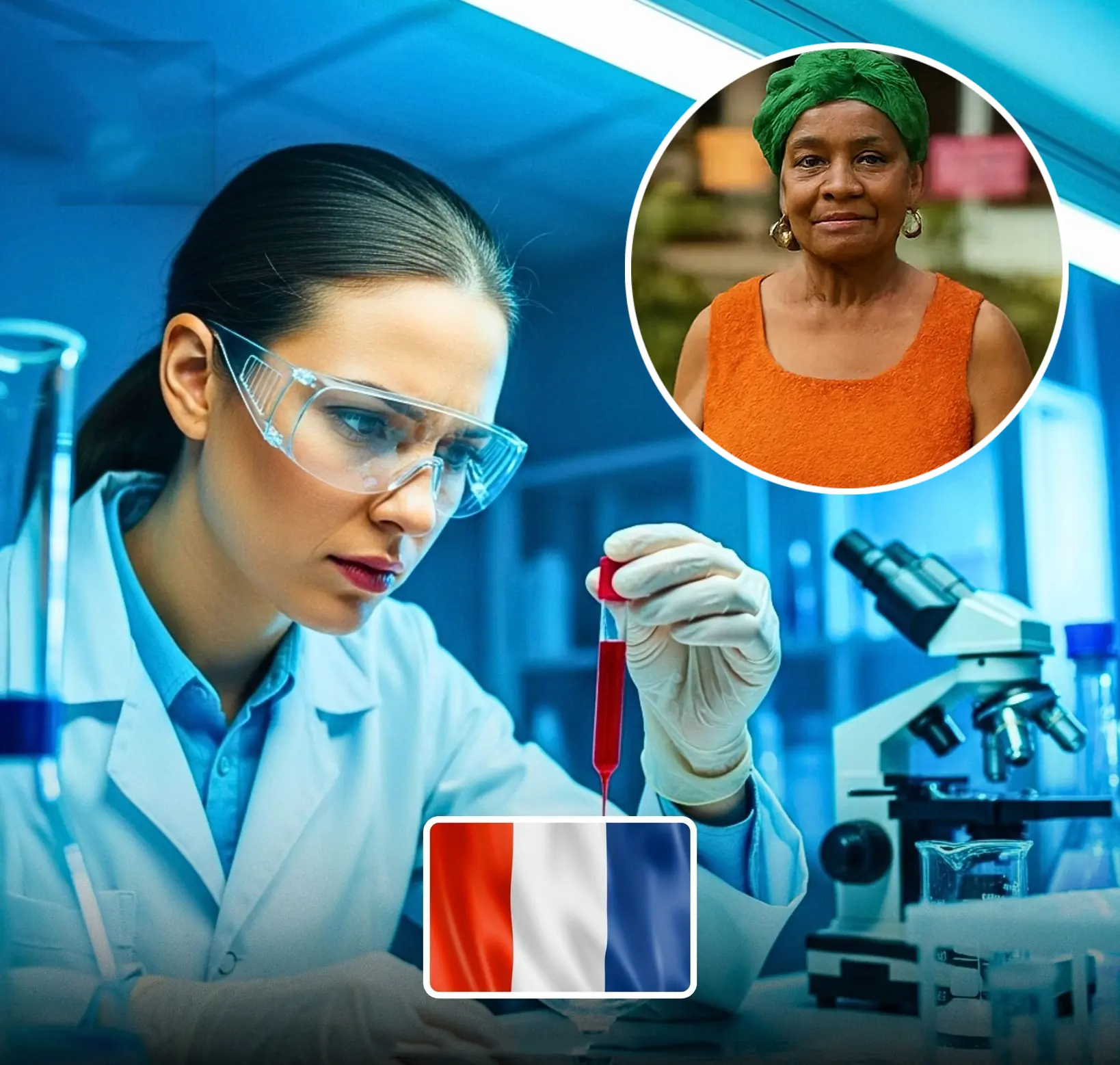
World’s Rarest Blood Type Discovered—Only One Woman Has It
The woman with Gwada negative blood may not be famous, but her existence has already made an indelible mark on medical science.

Columbia Student Suspended After Creating AI That Helps You Cheat Your Way to a Six-Figure Job!
Despite being out of school, he remains optimistic about the future. With growing venture capital support and rising user demand, Cluely may be on track to become a key player in the next wave of controversial tech startups.

100-foot ‘doomsday’ mega tsunami could obliterate US West Coast at any moment

How a huge ancient forest was discovered 630 feet down secret sinkhole in China
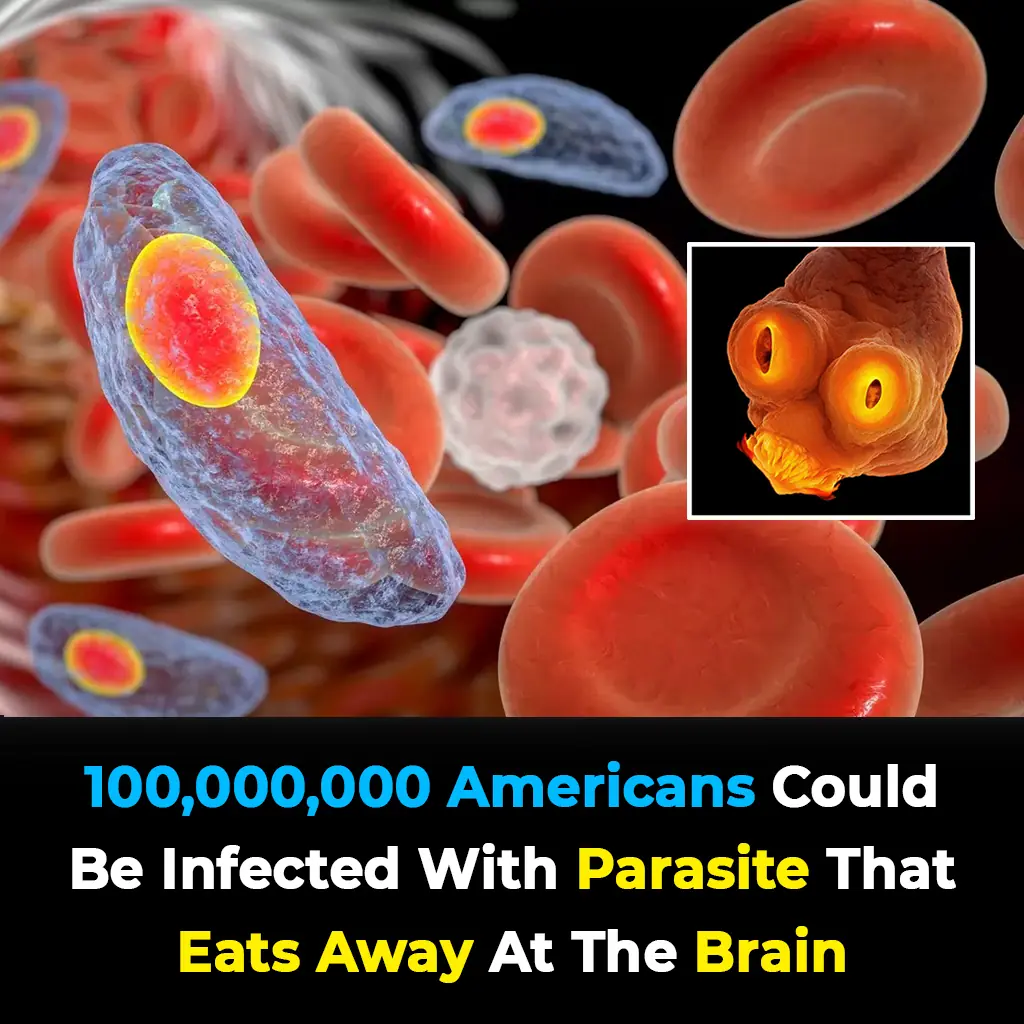
100 Million Americans at Risk from Brain-Eating Parasite, Experts Warn
By understanding this parasite, improving detection, and emphasizing prevention, we can mitigate these risks

Woman who "died for 17 minutes" shares unimaginable reality of what she saw when her heart stopped beating
Victoria’s story transcends the ordinary—she experienced clinical death, returned with clarity, and then learned of a rare genetic disease that nearly killed her again. Yet today, she thrives.

Nasa Tracks Plane-Sized Asteroid Speeding Toward Earth At 47,000 Mph

Oscar Mayer Mansion Restored To Gilded Age Glory After $1.5M Renovation

Secret CIA Documents Declare That The Ark Of The Covenant Is Real, And Its Location Is Known
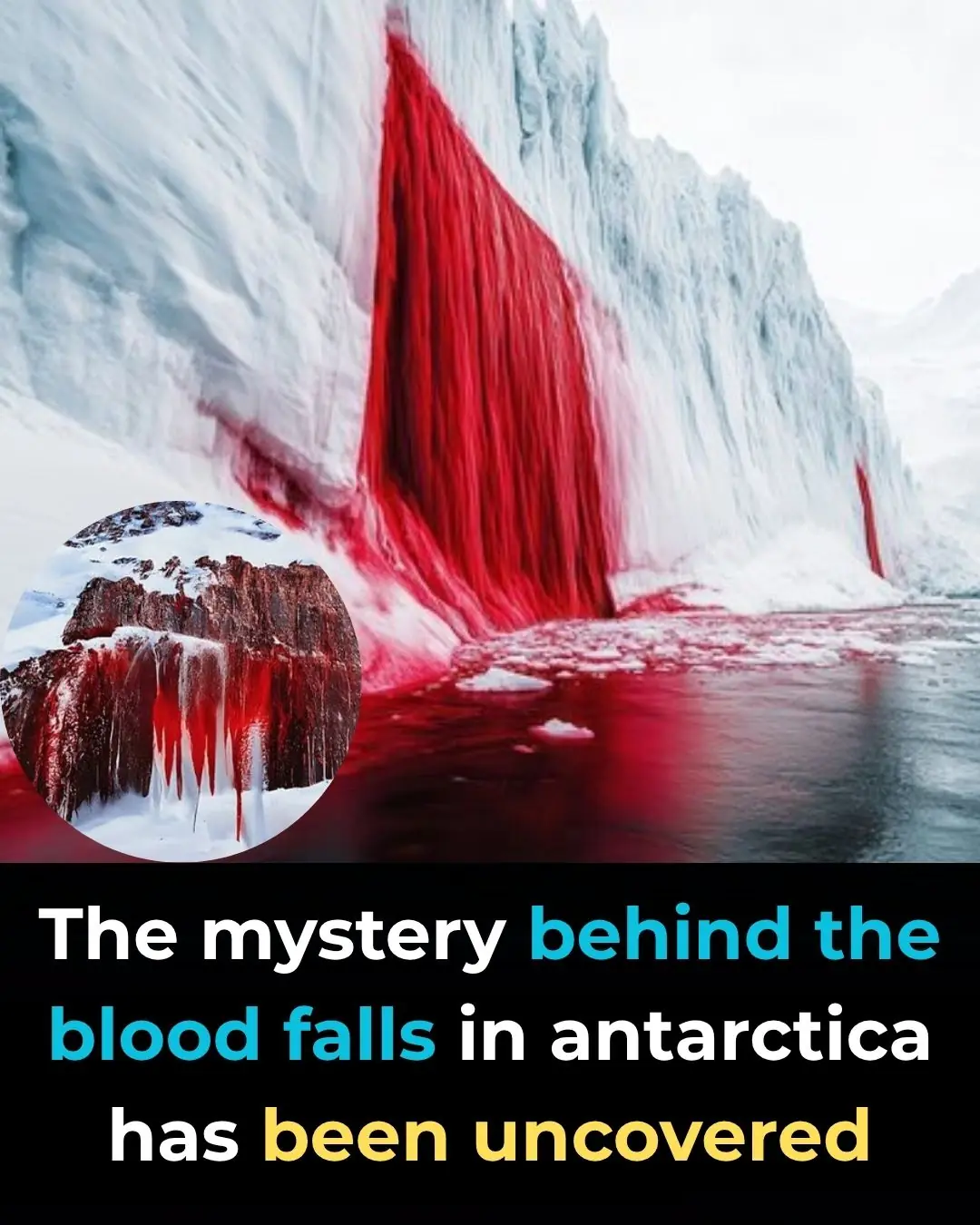
The Mystery Behind The Blood Falls In Antarctica

James Webb Telescope Reveals Surprising Update On An Asteroid That Could Make Everyone On Earth A Billionaire

Archaeologists Think They Discovered The Real Noah’s Ark

Scientists Develop Smart Shoes That Help Blind People Avoid Obstacles. Here’s How They Work

Miracle Cure? Woman’s Tumor Practically Vanishes in Just 5 Days Thanks to New Cancer Treatment!
If future trials confirm the success of this hybrid CAR-T treatment, glioblastoma patients may finally have access to a therapy that does more than slow the disease - it might actually reverse it.
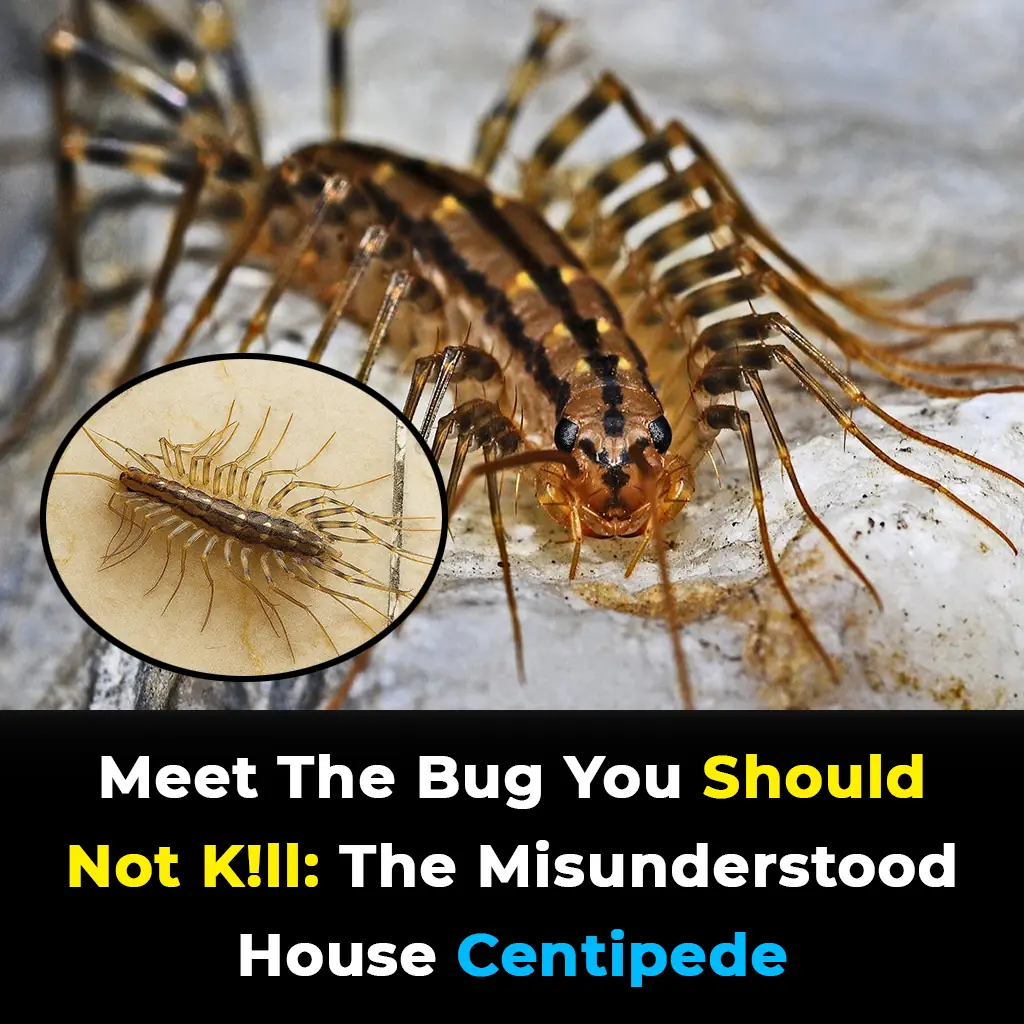
Meet the Bug You Should Not Kill: The Misunderstood House Centipede
The house centipede might never win a beauty contest, but it deserves far more appreciation than it gets.
News Post

Earth may witness a once-in-5,000-year event on the moon and it's coming sooner than you think

AI is willing to kill humans to avoid shutdown as chilling new report identifies 'malicious' behaviour

Horrifying simulation details exactly how cancer develops in the body

Elon Musk slammed for posting creepy video of 'most dangerous invention to ever exist'

Indiana Boy, 8, Dies Hours After Contracting Rare Brain Infection At School

World-First Gene Therapy Restores Sight to Boy Born Blind

World’s Rarest Blood Type Discovered—Only One Woman Has It
The woman with Gwada negative blood may not be famous, but her existence has already made an indelible mark on medical science.

A Warning About The ‘Worst Thing’ That People Should Never Do When Awakening in the Night

Columbia Student Suspended After Creating AI That Helps You Cheat Your Way to a Six-Figure Job!
Despite being out of school, he remains optimistic about the future. With growing venture capital support and rising user demand, Cluely may be on track to become a key player in the next wave of controversial tech startups.

100-foot ‘doomsday’ mega tsunami could obliterate US West Coast at any moment

How a huge ancient forest was discovered 630 feet down secret sinkhole in China

100 Million Americans at Risk from Brain-Eating Parasite, Experts Warn
By understanding this parasite, improving detection, and emphasizing prevention, we can mitigate these risks

Woman who "died for 17 minutes" shares unimaginable reality of what she saw when her heart stopped beating
Victoria’s story transcends the ordinary—she experienced clinical death, returned with clarity, and then learned of a rare genetic disease that nearly killed her again. Yet today, she thrives.

A Test of Love and Money: How One Man’s Hidden Life Led to a Surprising Proposal
Nina thought she knew everything about Andrei, but when she discovered his secretive behavior, doubts began to creep in. After a series of expensive surprises and mysterious encounters, Nina’s curiosity led her to uncover the truth about Andrei’s doub

What She Heard When She Came Home Early Left Her Stunned: A Secret Conversation Between Husband and Mother
Diana always felt she had been exceptionally fortunate. Raised in a family of entrepreneurs, she had everything she needed and more.

Boss Crosses the Line: Waitress Forced to Strip in Front of Everyone to Prove She’s Not a Thi3f
Mikhail woke up suddenly, drenched in cold sweat. That same cursed dream again. It had once been rare, but now it was a constant presence in his nights.

I Left Lena, Thinking She Would Always Be the Same – But When I Saw Her Again, I Was Overcome with Envy
After years of frustration and emotional turmoil, Oleg finds himself facing a harsh reality: the woman he once loved has moved on, flourishing without him. When they unexpectedly cross paths again, Oleg is confronted with the woman he never expected to se

I Gave My All to Care for My Sick Mother, But Her Will Left Me With Nothing
I had been there for my mother every step of the way, caring for her through her final days, giving up everything to ensure she wasn’t alone. Yet, when the will was read, I found myself with nothing. The betrayal stung, but the truth behind her decision
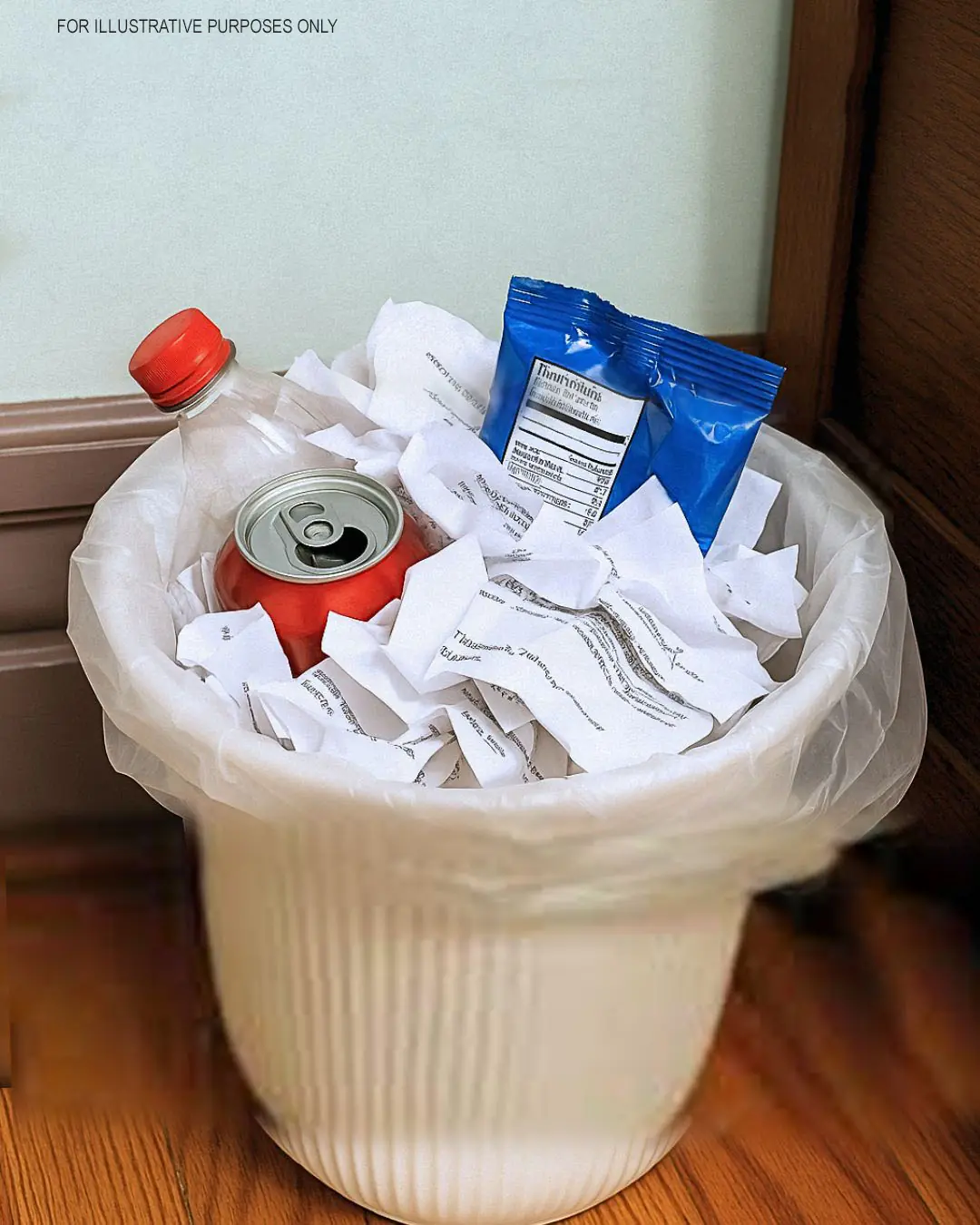
I Discovered a Hidden Document in the Trash – My Husband and MIL Made a Huge Deal Behind My Back While I Was Fighting for My Life
When Maria overhears a mysterious conversation between her husband and mother-in-law, she discovers a torn document that leads to an unexpected revelation. Struggling with cancer and fearing betrayal, Maria is about to uncover something that will change e

My Stepmother Kicked Me Out Right After My Father Died – The Next Morning, SUVs Started Appearing at Her Door
When Ellie loses her father, she expects to face grief, not betrayal. Kicked out of her childhood home by a woman who never truly accepted her, Ellie makes one desperate call. But what she gets on the other end isn’t sympathy—it's a revelation. The ne